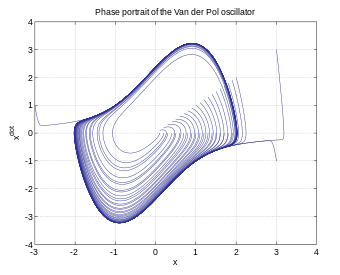
Back هندسة تماسكية Arabic Topología simpléctica Spanish هندسه سیمپلکتیک Persian Géométrie symplectique French Geometri simplektik ID Geometria simplettica Italian シンプレクティック幾何学 Japanese 심플렉틱 기하학 Korean Symplectische meetkunde Dutch Topologia simplética Portuguese

Symplectic geometry is a branch of differential geometry and differential topology that studies symplectic manifolds; that is, differentiable manifolds equipped with a closed, nondegenerate 2-form. Symplectic geometry has its origins in the Hamiltonian formulation of classical mechanics where the phase space of certain classical systems takes on the structure of a symplectic manifold.[1]
The term "symplectic", introduced by Hermann Weyl,[2] is a calque of "complex"; previously, the "symplectic group" had been called the "line complex group". "Complex" comes from the Latin com-plexus, meaning "braided together" (co- + plexus), while symplectic comes from the corresponding Greek sym-plektikos (συμπλεκτικός); in both cases the stem comes from the Indo-European root *pleḱ- The name reflects the deep connections between complex and symplectic structures.
By Darboux's theorem, symplectic manifolds are isomorphic to the standard symplectic vector space locally, hence only have global (topological) invariants. "Symplectic topology," which studies global properties of symplectic manifolds, is often used interchangeably with "symplectic geometry".
- ^ Hartnett, Kevin (February 9, 2017). "A Fight to Fix Geometry's Foundations". Quanta Magazine.
- ^ Weyl, Hermann (1939). The Classical Groups. Their Invariants and Representations. Reprinted by Princeton University Press (1997). ISBN 0-691-05756-7. MR0000255